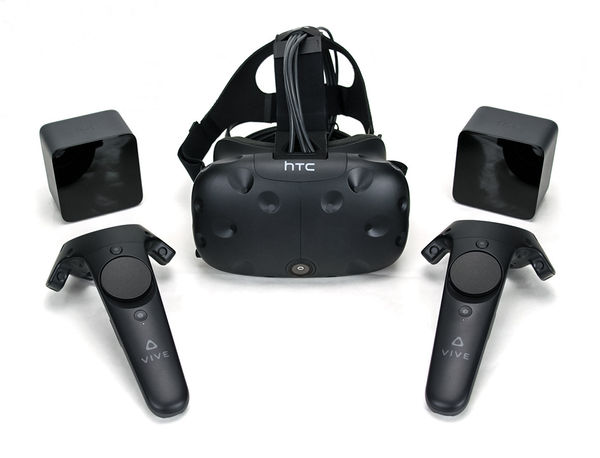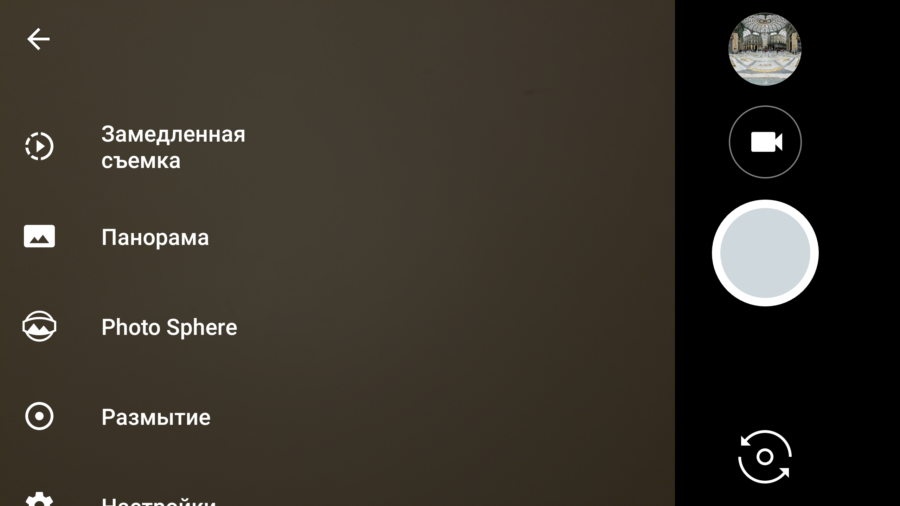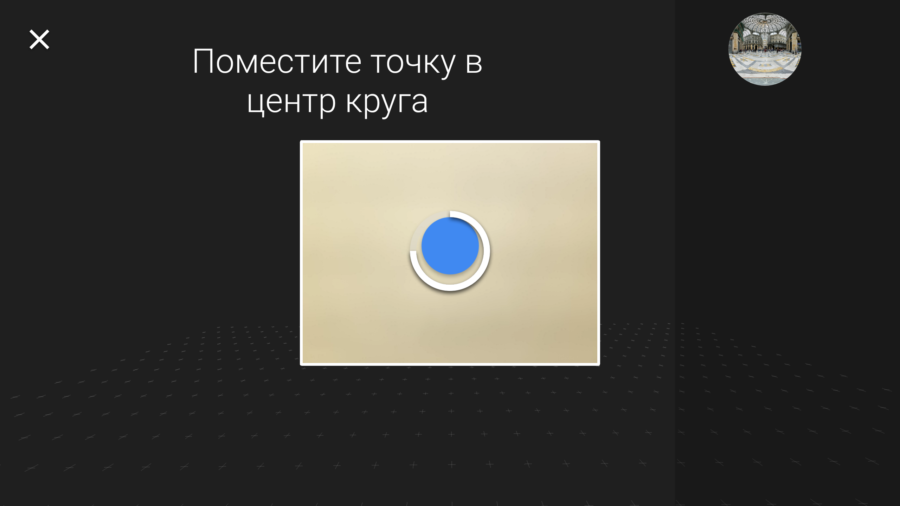Over the past couple of years, speculations have constantly surfaced on the network that the future belongs to virtual reality technologies, and that many smartphone manufacturers and not only are joining this race, developing this direction and creating various gadgets for this very virtual reality. They produce phones equipped with high-resolution displays, so that it is comfortable to use them for the same virtual machine, virtual reality glasses and helmets, and accessories for them. But, as often happens, behind all this splendor and bravura speeches, marketers have not bothered to explain to a simple user (end consumer) why this is all to him, and to tell about simple, not sucked out of the finger, but actually useful use cases. And yet, there is an opinion that virtual reality is a very expensive pleasure.

As a result, it turns out that at the moment virtual reality remains a question of the notorious tomorrow and the lot of enthusiasts. Yes, you might reasonably argue, but what about the '360 video' on Youtube, and games for VR headsets? Instead of answering this question, ask your friends, acquaintances and family to tell you if they know what it is, and how long ago they last used something from this list. I guess the answer will most often be negative.
Glasses
Despite this, virtual reality in everyday life also has a place to be, and it is closer than it seems. I want to tell you about one such use case that I have been using for the past year and a half. And this is not invented for the sake of being, but in fact a convenient, simple and useful way to use technology. I fully admit that he will not be as popular for everyone as for me, but still.
We are talking about the most affordable virtual reality glasses from Google – Google Cardboard or Google VR. This is the same cardboard box with lenses. You can buy it for a ridiculous 200-300 rubles, and if we are not talking about branded glasses from Google, but about Chinese counterparts, and even cheaper.

Stop, there is no need to start stigmatizing the author that he tells common truths that are known to the majority. Believe me, if a person is not fond of technology and is not 'in the subject', it is very likely that he has not heard about what it is, and that it exists in nature at all. Go ahead.
Camera
In addition to the glasses themselves, Google has a proprietary Google Camera application that allows you to create so-called photo-spheres – volumetric photos with a 360-degree viewing angle. It is this regime that we need. On PlayMarket, the app is not available for all phones. But there is always an opportunity to download it from third-party resources. It's not for me to teach you how to do this. ?

I love traveling, and travel for me is an integral part of life, without which I cannot imagine myself. On my last few travels, I've used Google's camera very heavily, creating photo spheres wherever I can. In order to create a photo sphere, you need to select the appropriate mode in the camera (Photo Sphere), and then follow the prompts on the screen, simply gradually rotating the camera around its axis, photographing the surrounding space from one point.


The main secret is to keep the camera in one place and at the same height throughout the entire cycle, therefore, turning the camera, I myself walked around it, and did not twirl it around myself. In other words, it is necessary to imagine that the camera is fixed on a tripod and you cannot move it, you can only rotate it around this tripod itself. Very often my actions caused bewilderment and curious glances from other tourists who were next to me. It seemed to me, like every person who was in the subject, that everyone knew about such a simple tool. What was my surprise when, after telling about what I was doing, they began to ask me about it, asking for details. Many have confused this with a panoramic photo. After I talked about the difference, it became clear that most of those interested had not heard about this before.
Practice
But, more to the point. But the fact is that I did not take my glasses with me, and why do I need them when I am here, and I see all this with my own eyes. I left the glasses to my parents and a couple of close friends, having previously taught them how to use them.
I created a separate album in GooglePhoto, into which I dropped the photo-spheres I created, and opened access to this album using the link that I sent to my parents and friends.
As soon as a new sphere appeared in the album, everyone who had access to it received a notification about new photos, and they could go to the album, open the sphere, put on glasses and be in the same place in which I just created this very sphere. . In fact, the difference with an ordinary photo is colossal – it creates an immersive effect and, one might even say, the effect of presence. And to make this very effect even stronger, in the process of shooting, I sometimes recorded ambient sounds on a dictaphone, the file with which could be turned on simultaneously with viewing the photo sphere. It was then that the very effect of presence turned out to be maximum.

Link to one of the photo-spheres taken during the trip: Sistine Chapel
The beauty of such a decision is that the one looking at the sphere sees everything with your eyes, and can look around, having considered exactly those places and nuances that are interesting to him. In addition, there is no need to explain the disposition for a long time, telling about what is around and what is left behind the frame, since absolutely everything around gets into the frame.
This method of using this technology pleased everyone I showed it to. There were no indifferent people. After that, my parents (also avid travelers) asked me to teach them how to make spheres so that they, too, could share their impressions of their travels with me.
Thus, the technology got its own, though not the most popular, but really necessary and convenient scenario of use.
Conclusion
In my case, the technology has become an aid in the story of the places seen and the impressions received, allowing my family and friends to be near me and see everything with my eyes.
In fact, this method can be used not only for travel, but also for quite commercial purposes. The first thing that comes to mind is real estate services, when, instead of not always successful photos, the advertisement for the sale / delivery of housing contains the very same photo-spheres, with which you can look around inside the desired property.
In such a simple way, what was considered fiction only yesterday, and was perceived as something distant and unattainable, today becomes a part of the surrounding world and from exotic it turns into everyday life.
And according to tradition, write in the comments, have you ever found simple and useful scenarios for using controversial technologies in life?
